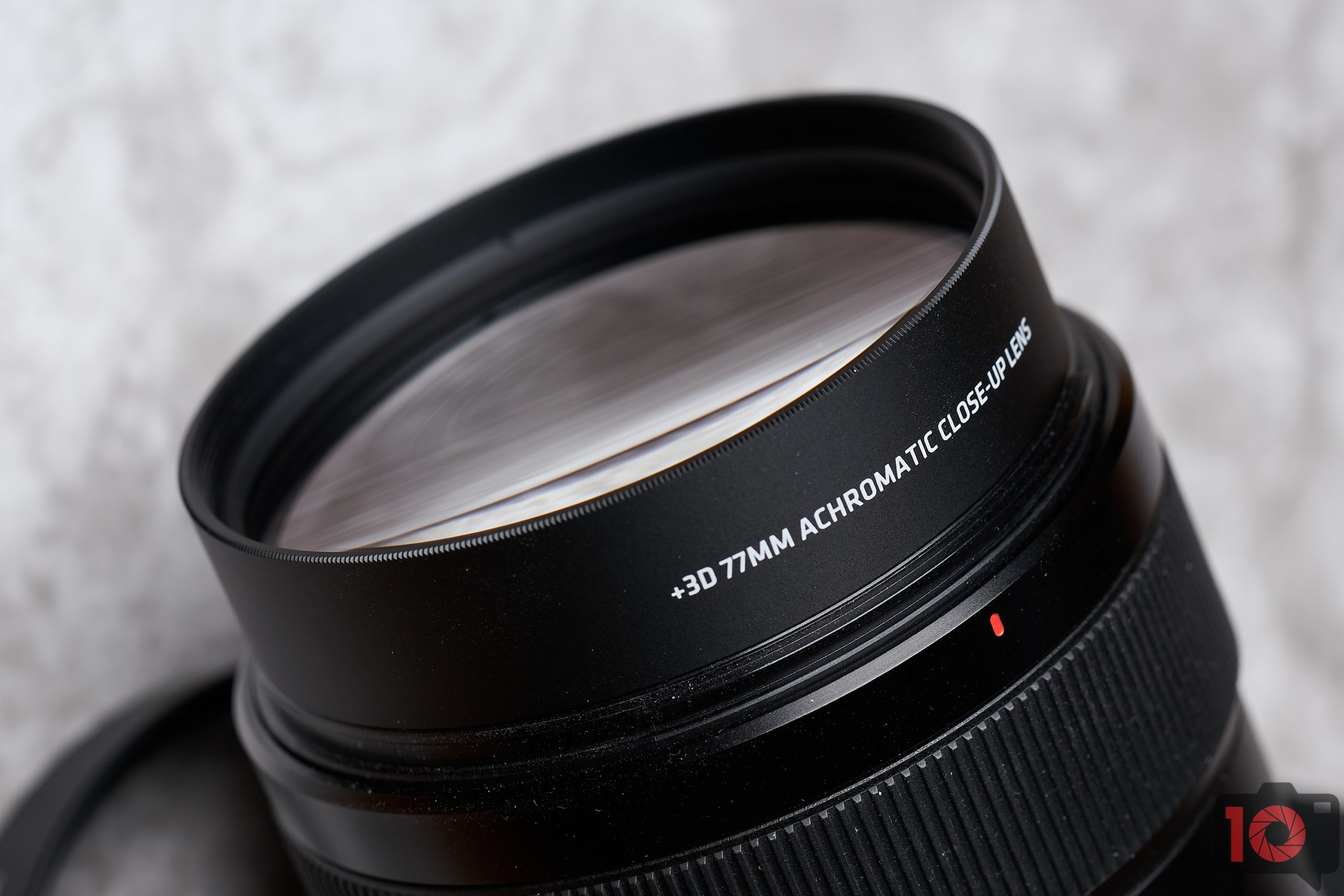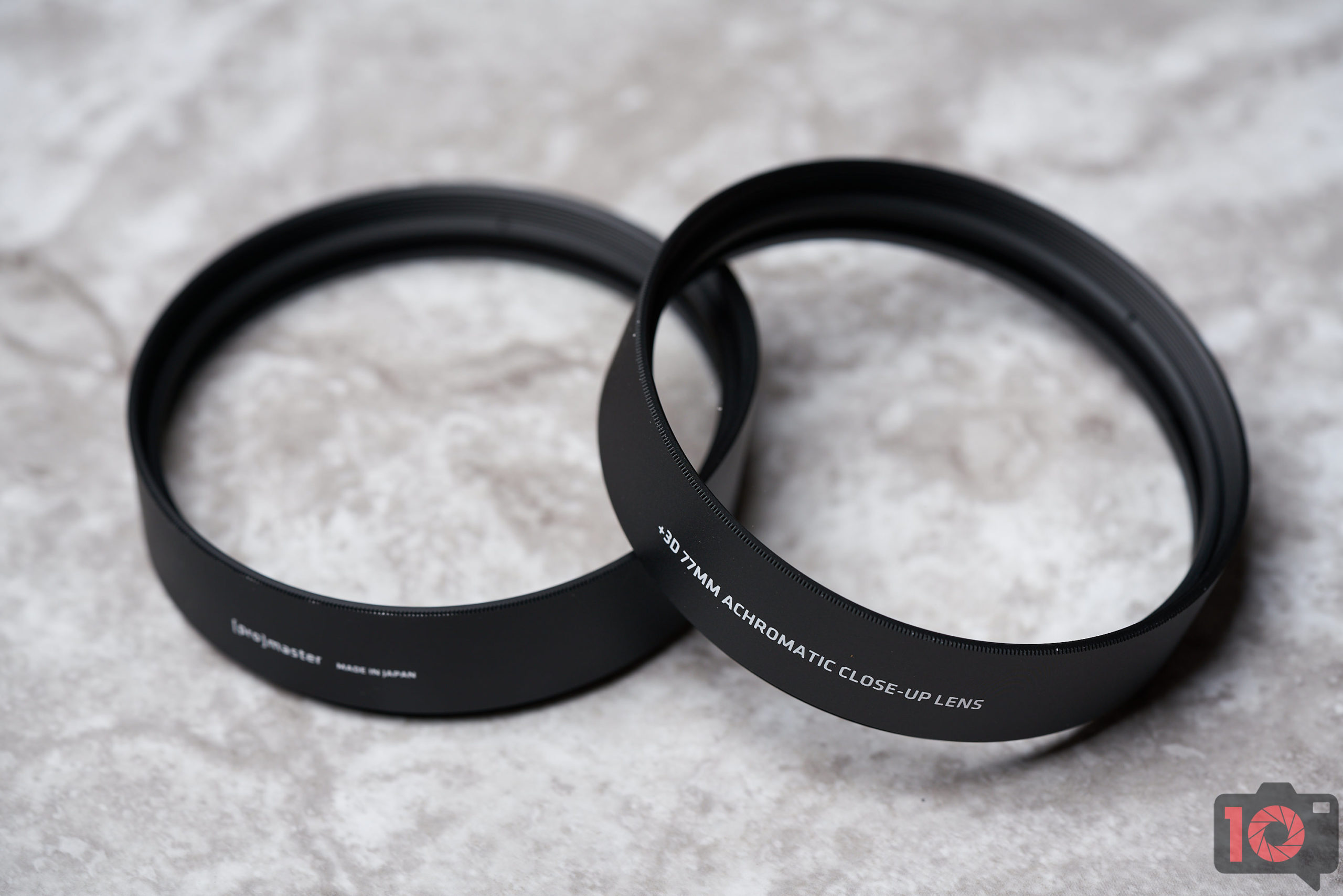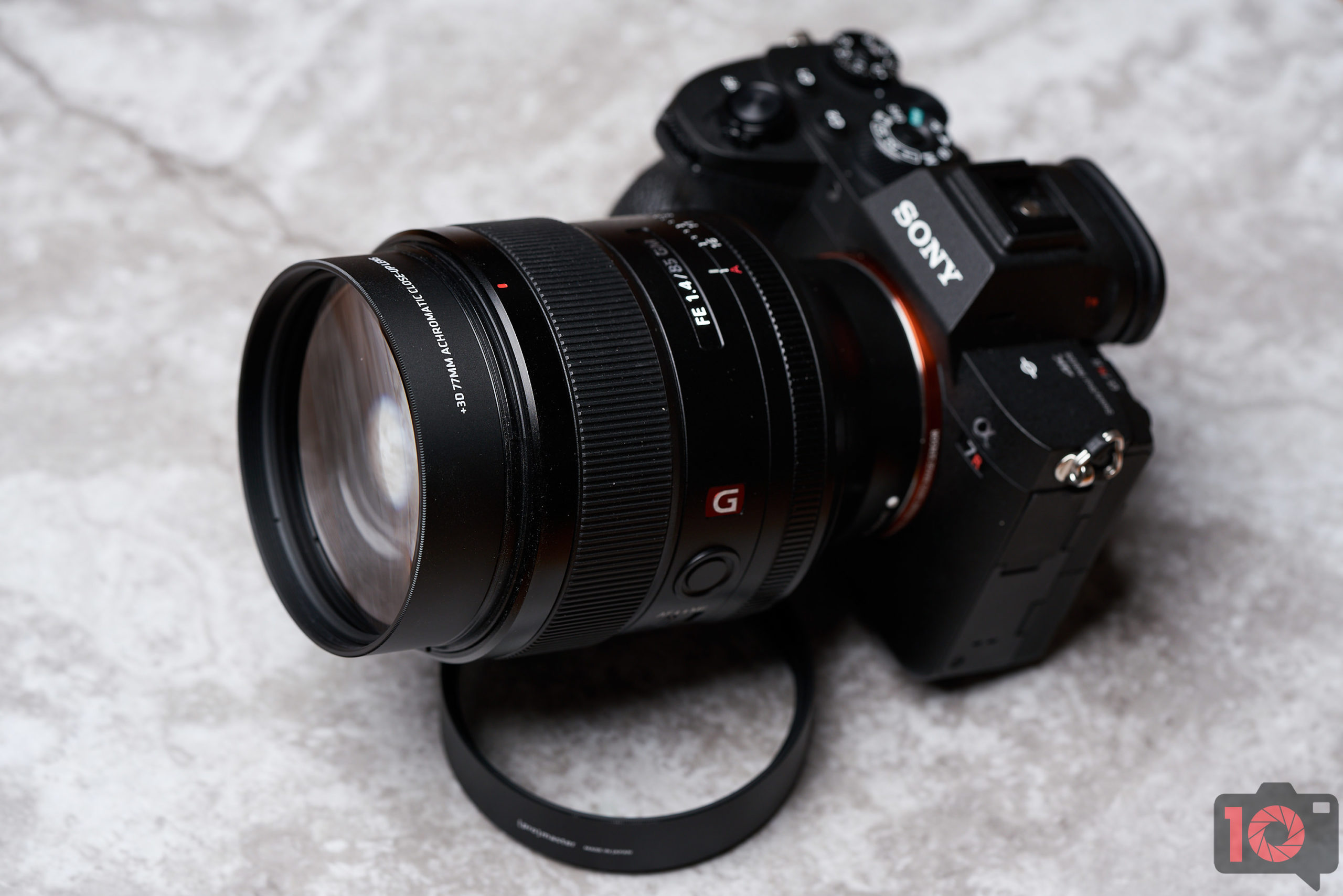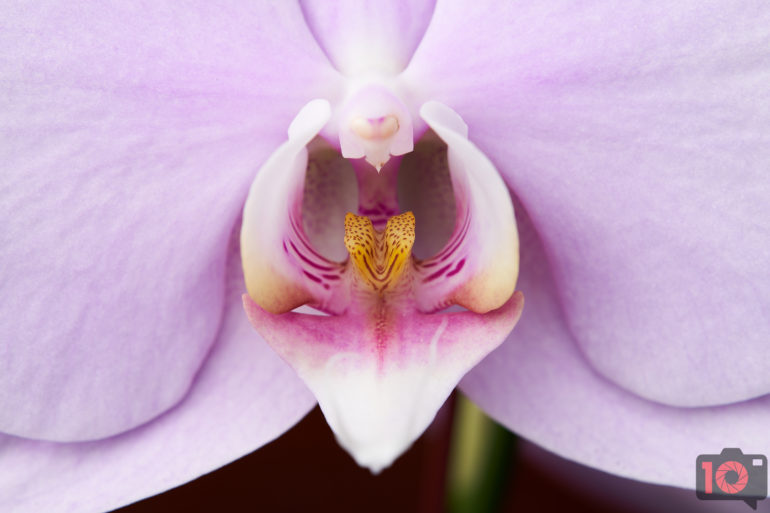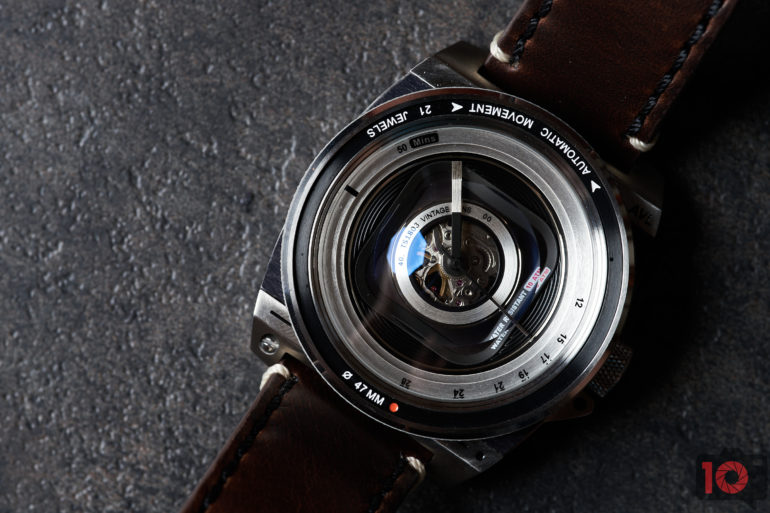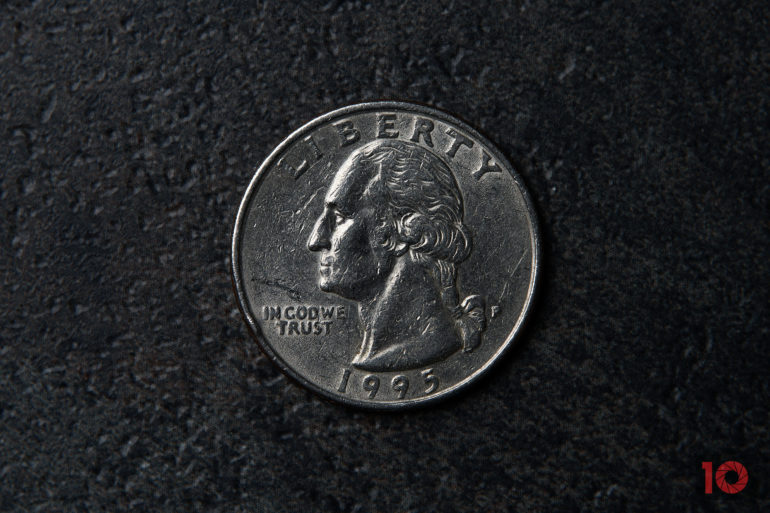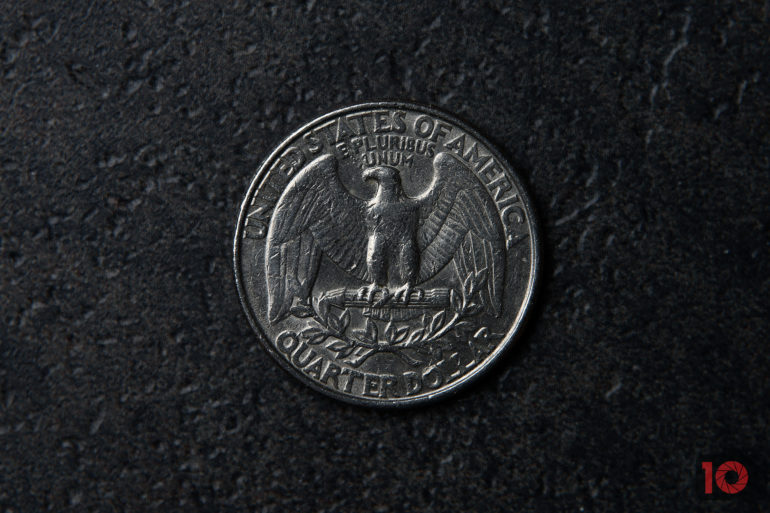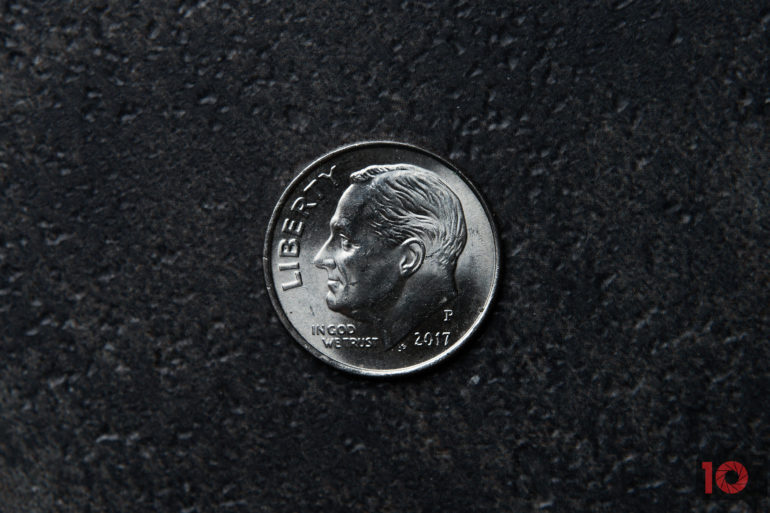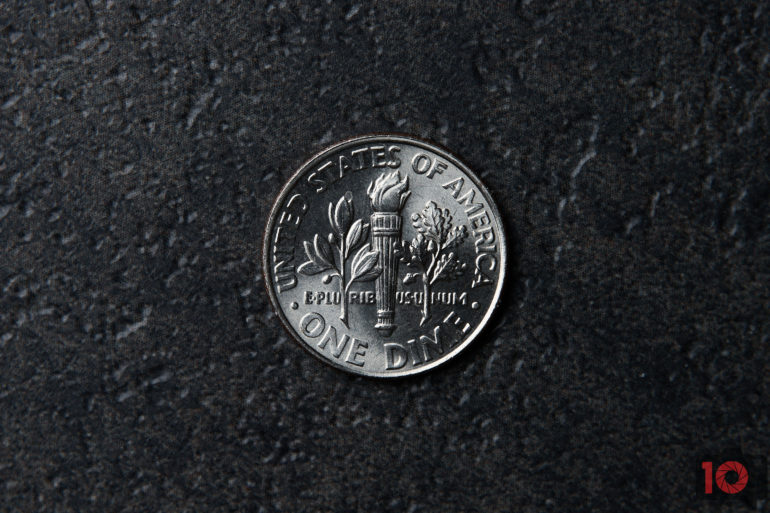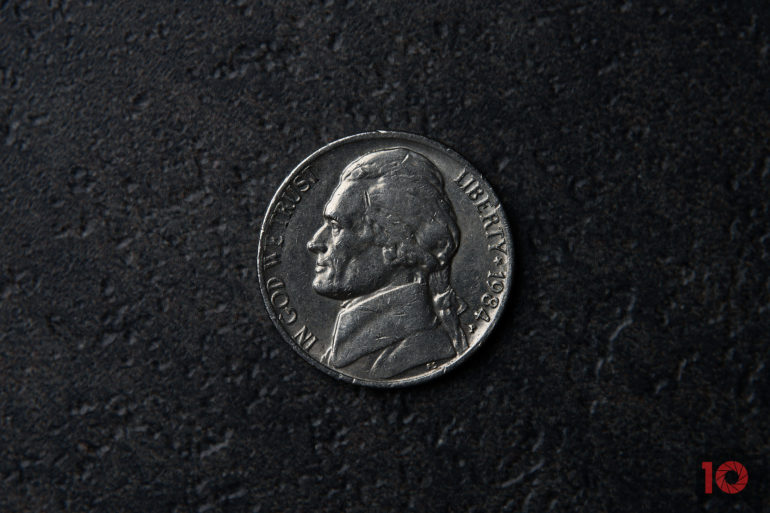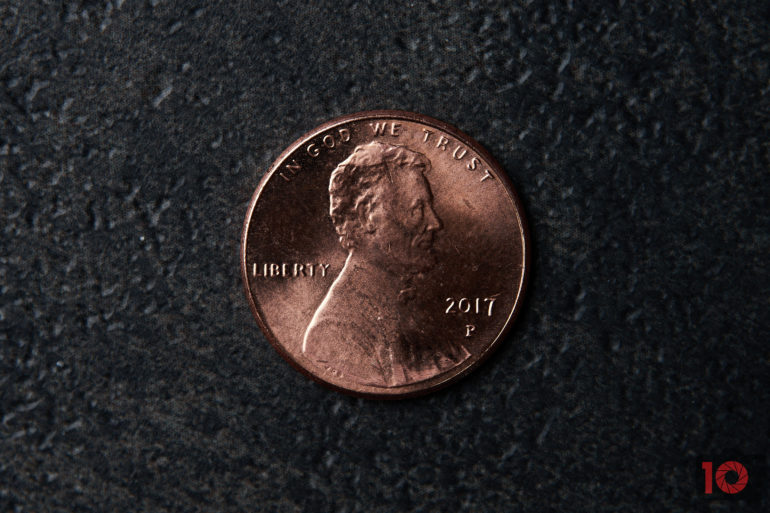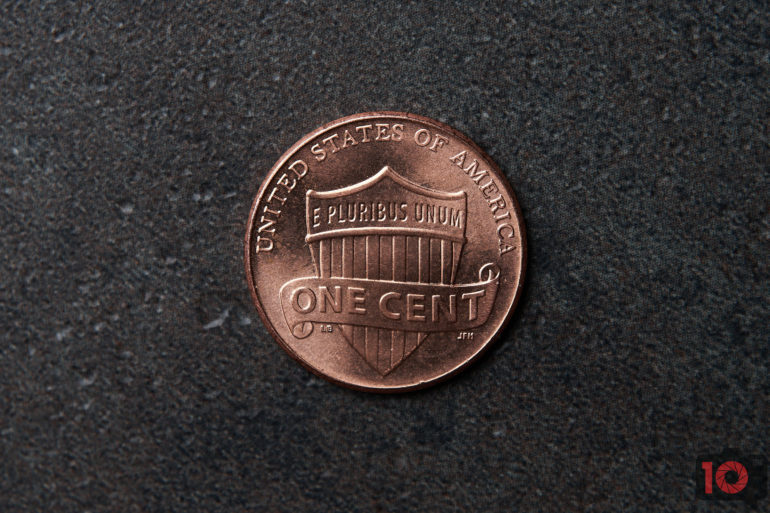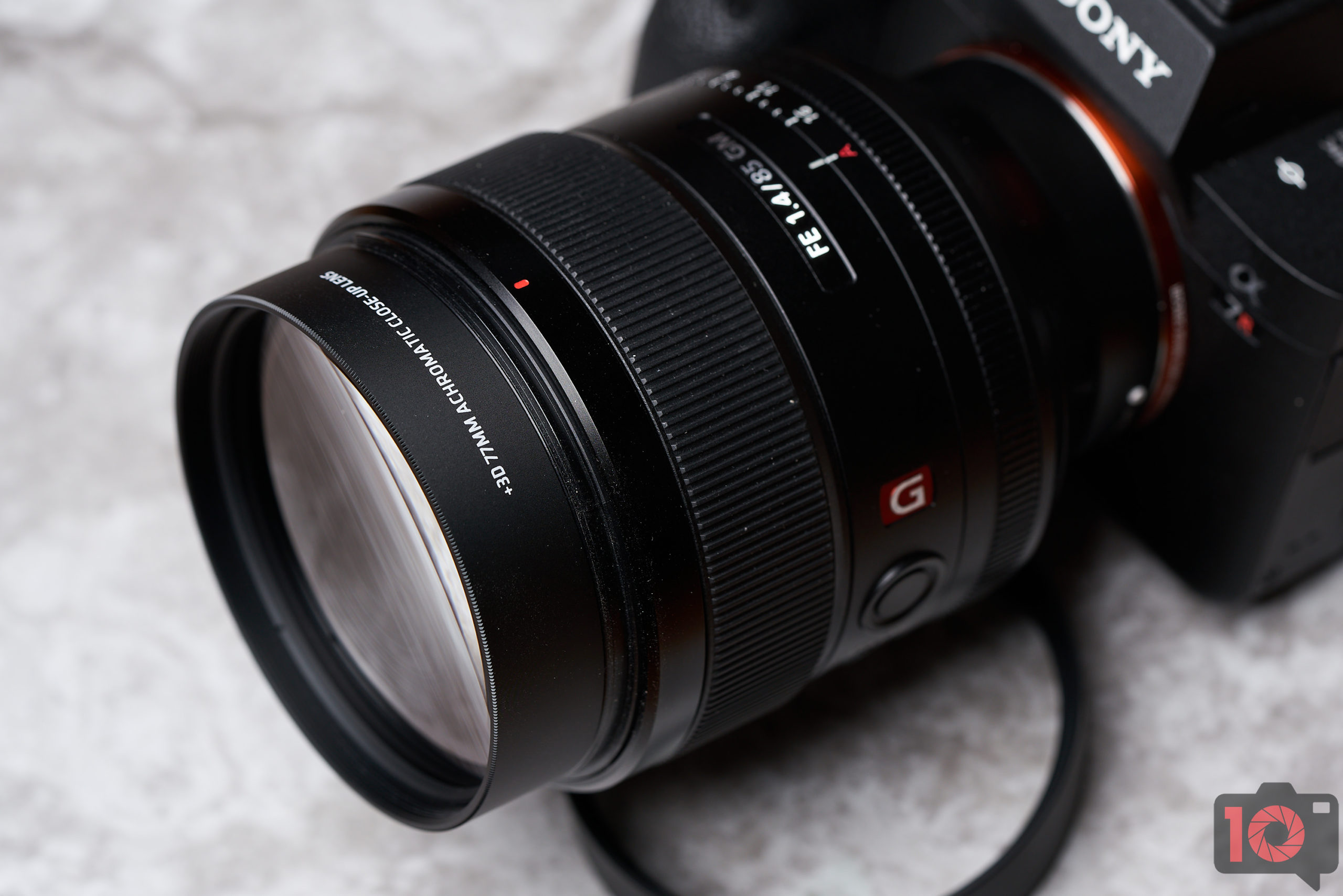Last Updated on 06/07/2020 by Mark Beckenbach
Interested in macro photography but can’t afford a macro lens? The ProMaster Achromatic Close-Up Lens lets you turn an existing lens into a macro easily.
Most of us are stuck at home right now thanks to the COVID-19 pandemic. Thankfully, macro photography generally doesn’t require you to be out and about or to have to interact with others. Many photographers have turned to it as a creative outlet while sheltering in place. Macro photography typically requires you to get up close to the objects you’re shooting. Normally, dedicated macro lenses are needed, as most non-macro lenses lack the minimum focusing distances required for macro work. But not everyone owns a macro lens, and purchasing one during these uncertain times can be a hard decision to justify. This is where the ProMaster Close-Up Lenses comes in. They are diopters that allow your lens to focus up close like a macro lens, making macro photography possible with your existing lenses. ProMaster sent over a pair of their Close-Up Lenses for us to check out. Let’s see how they fared in real world use.
Think of them as magnifying glasses for your non-macro lenses.
Pros and Cons
Pros
- Super simple to use
- No impact on image quality
- Doesn’t result in loss of light like when using extension tubes
Cons
- Pricier than extension tubes
Gear Used
We tested both the +3D and +5D versions of the ProMaster Achromatic Close-Up Lenses (77mm) with the Sony A7R IV and the Sony 85mm f1.4 G Master lens.
Tech Specs
Tech specs for the ProMaster Achromatic Close-Up Lens taken from ProMaster’s official product page:
- Available in both +3 and +5 strengths and in a variety of filter-thread sizes.
- +3 52mm, 58mm, 62mm, 67mm, 72mm, and 77mm.
- +5 52mm, 58mm, 62mm, 67mm, 72mm, and 77mm
- Double, achromatic design reduces chromatic distortion
- No reduction of light to your camera’s image sensor or viewfinder
- Improves the close focusing distance of any lens
- Conveniently screws into your lens’ filter threads
- Small and convenient to carry
- Made in Japan
Ergonomics
When it comes to ergonomics, the ProMaster Achromatic Close-Up Lenses look like thick lens filters. The magnification strength and the filter thread are clearly labeled on the outer ring of the lenses. Pictured above are the 77mm +5D (left) and 77mm +3D (right) achromatic close-up lenses.
The ProMaster Achromatic Close-Up Lenses attach easily to your existing lenses. Simply screw them onto the front like you would a conventional lens filter and start photographing objects up close.
Build Quality
The ProMaster Achromatic Close-Up lenses are well constructed and feel very solid in hand. While they may look like thick lens filters at a glance, they feel significantly sturdier when you pick them up. They’re not exactly heavy, but there’s definitely some weight to them. In lieu of the flat pieces of coated glass you would find on a lens filter, achromatic lens elements are encased in the middle of the metal ring instead. Think of them as magnifying glasses for your non-macro lenses.
Ease of Use
Using the ProMaster Achromatic Close-Up lenses were honestly as simple as screwing them onto your lens: there’s no additional setup involved. With the close-up lens attached, you can start photographing things up close with your non-macro lenses. Just make sure you bring your lens closer to your subject and you’re good to go. We didn’t notice any negative impact on autofocus performance when we tested the ProMaster Achromatic Close-Up Lenses with our Sony 85mm f1.4 G Master.
The ProMaster Achromatic Close-Up lenses have filter threads on both the front and back. This allows you to stack multiple close-up lenses together, enabling you to shoot extremely close to your subject. Practically speaking though, things will get quite front heavy if you attach too many close-up lenses to the front of your lens. Vignetting will become an issue as well after a certain point. If you find yourself shooting extreme close-ups often, we’d recommend investing in a dedicated macro lens.
Image Quality
As the ProMaster Achromatic Close-Up Lens isn’t a conventional camera lens per se, the image quality is highly dependent upon the camera and lens it is attached to. For our review, we tested both the +3D and +5D strengths of the ProMaster Achromatic Close-Up Lenses with the Sony A7R IV and the Sony 85mm f1.4 G Master. Aside from the obvious magnification factor, we didn’t find any noticeable difference in terms of bokeh, chromatic aberration, color rendition, or sharpness when shooting with the ProMaster Achromatic Close-Up Lenses attached
The Sony 85mm f1.4 G Master has a minimum focusing distance of 2.79 ft (~0.85 m) when shooting in autofocus mode, and 2.62 ft (~0.80 m) when manually focusing. When photographing a $100 bill, this was as close as we could get the lens to focus when shooting in autofocus mode.
Here’s the same $100 bill that we shot using the G Master with the ProMaster +5D Achromatic Close-Up Lens attached. Obviously, the difference is quite striking. Two different strengths of the ProMaster Achromatic Close-Up Lenses are available: +3D and +5D. The +5D naturally lets you get closer than the +3D. Here’s a look at the difference between the two:
Here are some additional sample images shot using the ProMaster Achromatic Close-Up Lens paired with the Sony A7R IV and the Sony 85mm f1.4 G Master. These images were minimally processed using Capture One Pro 20, ranging from color grading, cropping, straightening, and/or levels adjustments. As a matter of ethics, none of the sample images seen within this review have been retouched so that you can judge the quality of the images produced using the ProMaster Achromatic Close-Up Lens for yourself.
Conclusion
Likes
- Ease of use
- Build quality
Dislikes
- Honestly none
Photographers interested in getting into macro photography will love the affordability and ease of use of ProMaster’s Achromatic Close-Up Lenses. While extension tubes also allow photographers to reduce the minimum focusing distance of their lenses, diopters like the ProMaster Achromatic Close-Up Lenses offer benefits that make them a superior choice.
One of the unfortunate side effects of using extension tubes is that they suffer from light loss. Unless you’re shooting with flash, you may have to compensate by increasing your camera’s ISO or opening up your aperture. The latter is particularly significant as it directly affects your image’s depth of field. This is a non-issue when using diopters as their lens elements do not result in any reduction in light transmission.
Diopters also don’t affect the focusing mechanism of your lenses. They can be used with both autofocus and manual focus lenses without issue. In contrast, autofocus lenses will not function properly unless you’re using extension tubes that can transmit data between your camera and your lens. The inclusion of electronics also means that these extension tubes can sometimes cost more than diopters as well.
Whether you’re just getting into macro photography, or you’re not ready to invest in a dedicated macro lens just yet, the ProMaster Achromatic Close-Up Lens is an affordable option that won’t disappoint. They’re designed to do one thing (reduce the minimum focusing distance of your lens, thus magnifying your image as a result) and they do it very well.
The ProMaster Achromatic Close-Up Lens earns five out of five stars. It’s available at either +3D 52mm, 58mm, 62mm, 67mm, 72mm, and 77mm or +5D strength and in either 52mm, 58mm, 62mm, 67mm, 72mm, and 77mm filter threads. Prices range from US $74.95 to $149.95 depending on your filter thread size. Pick one up now from Amazon.


